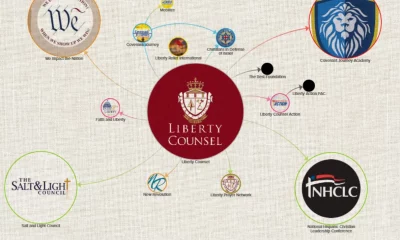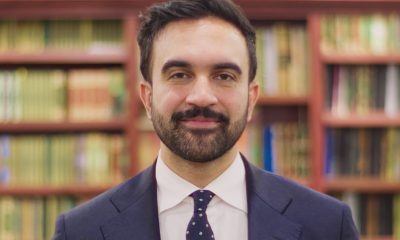Opinions
A queer prayer for nonviolence in Israel/Palestine
The way forward is not more violence
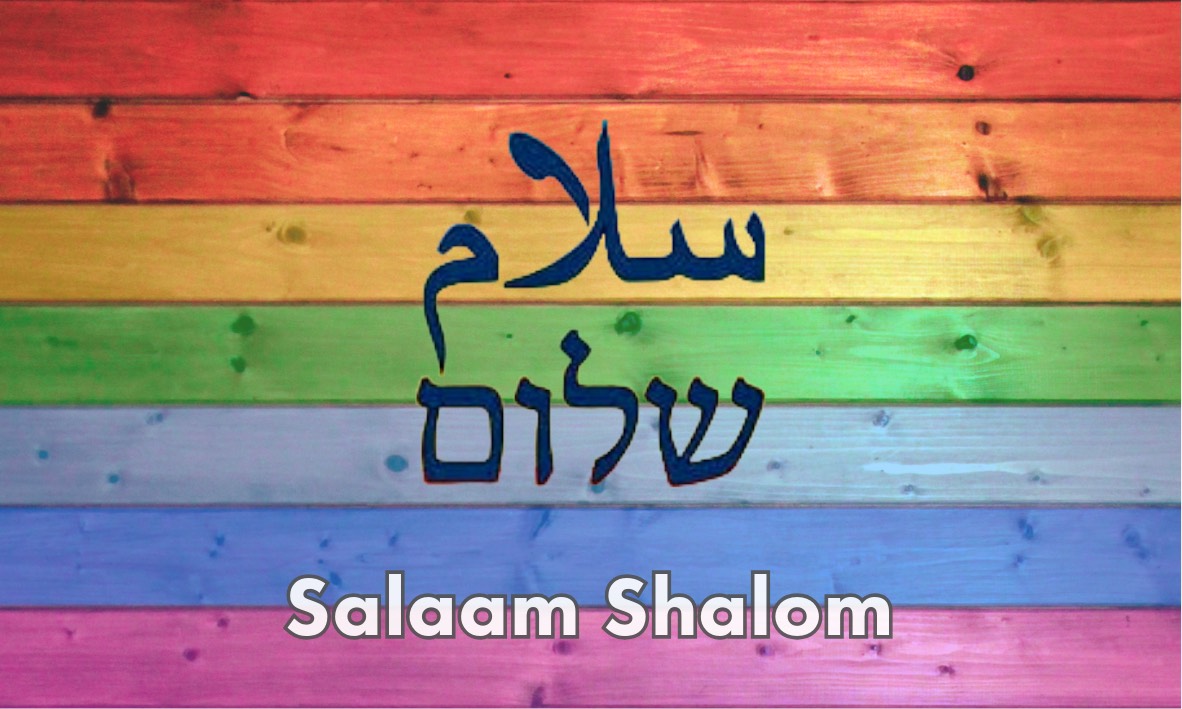
In this critical moment, our voices — one a lesbian rabbi raised in suburban New Jersey, and the other, a gay professor raised in Ramallah — draw upon the legacies of Jewish and Palestinian peace activists who have come before us, to call for a new path forward rooted in nonviolence. We reject the binary choices presented by so many in each of our communities — the struggle for Israel/Palestine is not a sports game in which only one side can win and that requires the other to lose.
There is no way forward in which the other is dehumanized. Our commitment to nonviolence means that language and actions both must be nonviolent and infused with the commitment to see the humanity in each other. As the great American pacifist Rev. AJ Muste said, “there is no way to peace, peace is the way.” And peace is not sustainable without justice and equality.
Neither of us is naïve. Neither of us imagines this is a kumbaya moment for simplistic slogans about peace. We are each horrified and shattered by the attacks of Oct. 7. We are crushed and outraged by the decades of occupation, the endless targeting of citizens, and state-sponsored violence, and daily humiliations. We demand and pray for the return of the hostages. We are outraged by the destruction of Gaza in the spasms of revenge. We are horrified and mourn the death of so many innocent civilians both in Gaza and in Israel in this ongoing cycle of terrible violence. We see and call out and object to the daily violence against Palestinians on the West Bank, the unchecked violence in Arab Israeli communities abandoned by the government, the displacement of Israeli Jews terrified about the attacks from Gaza, from Lebanon, from Iran and from the Houthis.
We can hold all the suffering of both peoples. We cry out and mourn and scream. We can also acknowledge the profound asymmetry in power between Israel and the Palestinian nation under its control.
We don’t necessarily agree on everything. But we do know that the way forward is NOT more violence. That every retaliation for a past horror will only bring more horror — it will not bring security or liberation for anyone. There are seven million Palestinians and seven million Jews living in the region, with millions in diaspora communities waiting for the right to return to their ancestral lands. No one is going anywhere, as so many of our friends in the Palestinian-Jewish movement for peace and social justice in Israel/Palestine often say: The only future is a shared future.
We are currently dominated by narratives of revenge and hostility. What is conspicuously absent is the transformative potential of nonviolence, a principle that both of us aspire to as a bedrock principle. Mahatma Gandhi’s words resonate with us: After the horrific Amritsar Massacre in 1919, he proclaimed, “Nonviolence is a weapon of the strong.” Nonviolence requires immense strength and resilience. As pacifists, we are certainly not passive.
We must critically examine the protests that have arisen in response to violence, often labeled “pro-Israel” or “pro-Palestine.” While these demonstrations stem from genuine concerns, they often deepen divisions, feeding the narratives of extremist leaders and factions of both Israelis and Palestinians. Extremists thrive on conflict, instrumentalizing victimhood to justify their actions and to further their own power. This cycle ends up feeding the extremes on the other “side” who point to the extremism as justification for their own. The language used in legitimate and important protest — whether “Pro-Israel” or “Pro-Palestine” must never lose sight of the humanity of the other.
It is essential for us to challenge the binary narratives that keep us locked in opposition.
The impulse to retaliate in the face of violence is a deeply human reaction but it is not the way to create a different future. We must create a growing force of Palestinians and Jews who are committed to resisting the extremism in our communities in Israel/Palestine and in the United States to reject the political leadership that is leading us into mutual extinction. We must create a different way forward.
We must develop different muscles. Muscles that are not impulsive acts of violent revenge, but muscles that insist on separating political leadership from the societies they only pretend to represent. Each of us in our lives has called out the political leadership of our people for abandoning their people. We demand accountability. We will continue to do so for as long as we have breath.
Our commitment to nonviolence requires courage. We must create spaces where voices of peace are amplified and where stories of those who dare to envision a different future are shared. We must reject efforts that dehumanize, threaten, and use violence in language, slogans, or chants against the innocent.
Ultimately, the path forward lies in our ability to forge connections — not just between Palestinians and Jews but among all who seek justice and peace in both process and goal throughout our broken world.
There is a tsunami of hate and extremism in our world. Insisting over and over again on the humanity of each of us, one by one, conversation by conversation is the only way forward. In this as in so many things, no one can do everything, but each of us can do something. If we don’t find a way to create the conditions of a shared future, we will only all go up in flames.
We stand together in the breach calling upon others to join us in demanding a different future from the past and the present. We will not abandon each other. Through our friendship, and our shared commitment to queer liberation, we pray for an immediate end to the bloodshed and for the affirmation of the dignity and sanctity of all lives.
Sharon Kleinbaum is the Senior Rabbi Emerita of Congregation Beit Simchat Torah in New York City which is the largest LGBTQ synagogue in the world. She is the co-founder and board member of New York Jewish Agenda.
Sa’ed Atshan is an Associate Professor of Peace and Conflict Studies and Anthropology at Swarthmore College. He is author of “Queer Palestine” and “The Empire of Critique,” co-author of “The Moral Triangle: Germans, Israelis, Palestinians,” and co-editor of “Reel Gender: Palestinian and Israeli Cinema.”
Letter-to-the-Editor
Candidates should pledge to nominate LGBTQ judge to Supreme Court
Presidential, Senate hopefuls need to go on the record
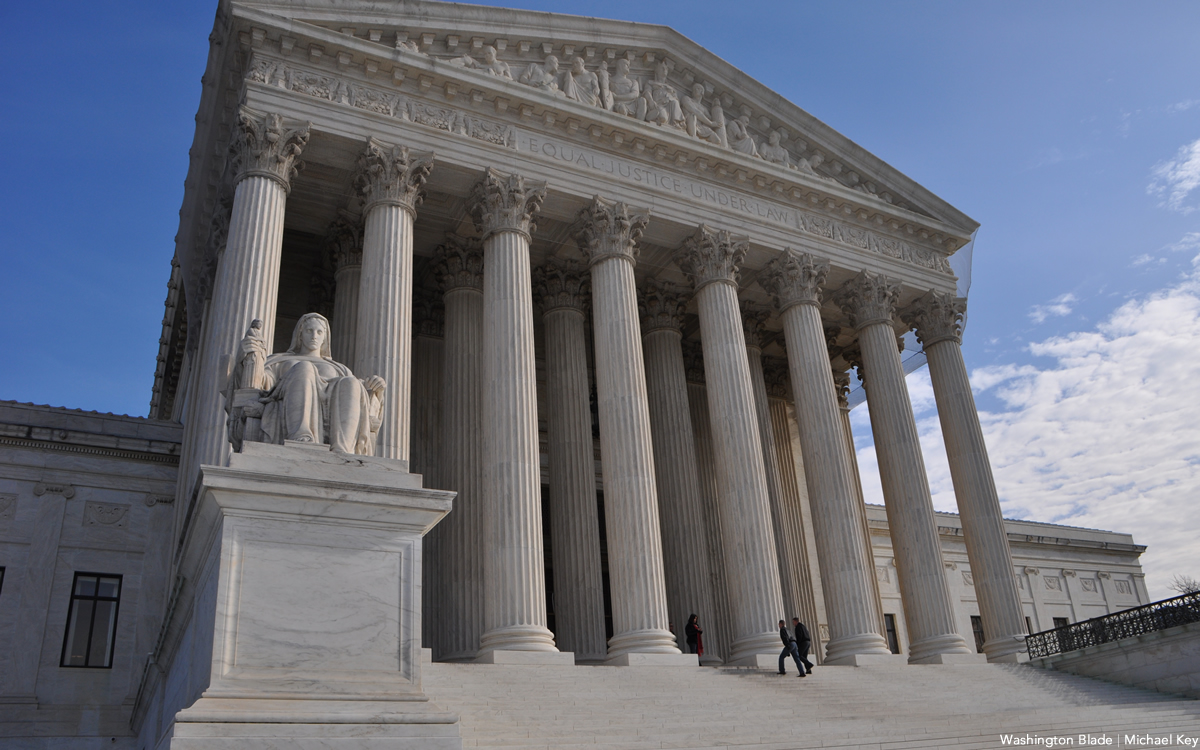
As soon as the final votes are cast and counted and verified after the November 2026 elections are over, the 2028 presidential cycle will begin in earnest. Polls, financial aid requests, and volunteer opportunities ad infinitum will flood the public and personal media. There will be more issues than candidates in both parties. The rending of garments and mudslinging will be both interesting and maybe even amusing as citizens will watch how candidates react to each and every issue of the day.
There is one particular item that I am hoping each candidate will be asked whether in private or in public. If a Supreme Court vacancy occurs in your potential administration, will you nominate an open and qualified LGBTQ to join the remaining eight?
Other interest groups on both sides have made similar demands over the years and have had them honored. Is it not time that our voices are raised as well? There are several already sitting judges on both state and federal benches that have either been elected statewide or approved by the U.S. Senate.
Our communities are being utilized and abused on judicial menus. Enough already! Challenge each and every candidate, regardless of their party with our honest question and see if honest answers are given. By the way … no harm in asking the one-third of the U.S. Senate candidates too who will be on ballots. Looking forward to any candidate tap dancing!
Opinions
2026 elections will bring major changes to D.C. government
Mayor’s office, multiple Council seats up for grabs
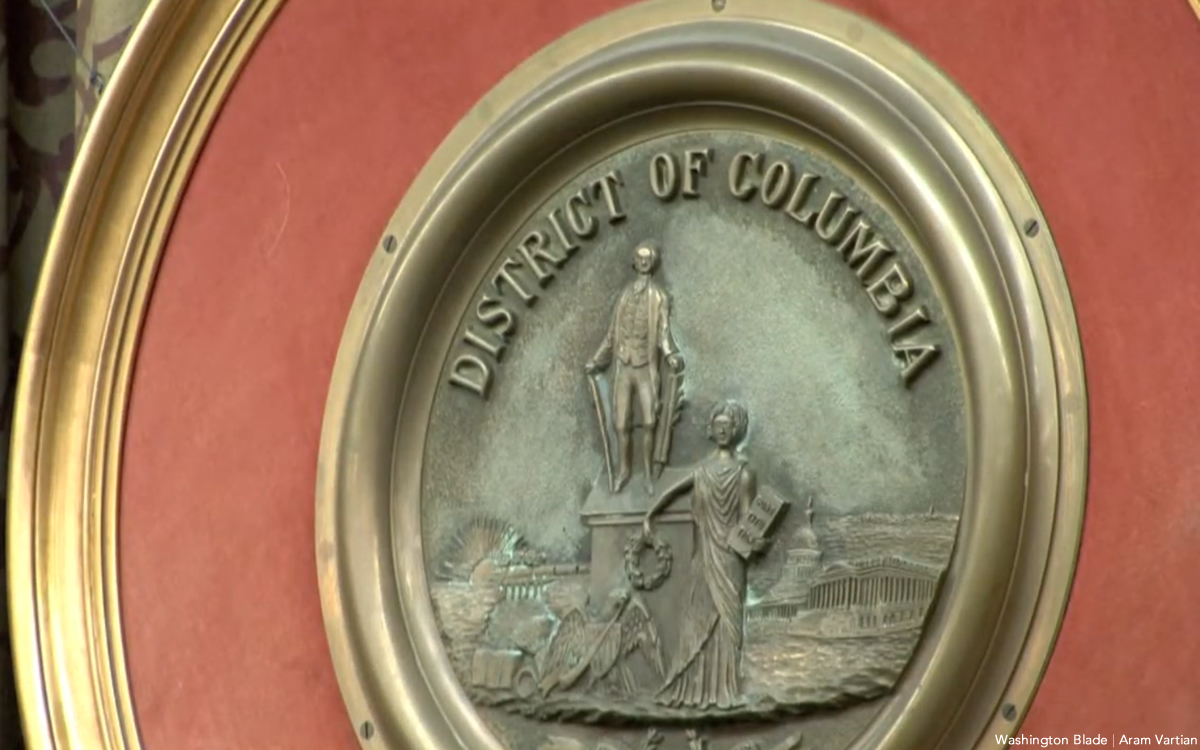
Next year will be a banner year for elections in D.C. The mayor announced she will not run. Two Council members, Anita Bonds, At-large, and Brianne Nadeau, Ward 1, have announced they will not run. Waiting for Del. Norton to do the same, but even if she doesn’t, there will be a real race for that office.
So far, Robert White, Council member at-large, and Brooke Pinto, Council member Ward 2, are among a host of others, who have announced. If one of these Council members should win, there would be a special election for their seat. If Kenyon McDuffie, Council member at-large, announces for mayor as a Democrat, which he is expected to do, he will have to resign his seat on the Council as he fills one of the non-Democratic seats there. Janeese George, Ward 4 Council member, announced she is running for mayor. Should she win, there would be a special election for her seat. Another special election could happen if Trayon White, Ward 8, is convicted of his alleged crimes, when he is brought to trial in January. Both the Council chair, and attorney general, have announced they are seeking reelection, along with a host of other offices that will be on the ballot.
Many of the races could look like the one in Ward 1 where at least six people have already announced. They include three members of the LGBTQ community. It seems the current leader in that race is Jackie Reyes Yanes, a Latina activist, not a member of the LGBTQ community, who worked for Mayor Fenty as head of the Latino Affairs Office, and for Mayor Bowser as head of the Office of Community Affairs. About eight, including the two Council members, have already announced they are running for the delegate seat.
I am often asked by candidates for an endorsement. The reason being my years as a community, LGBTQ, and Democratic, activist; and my ability to endorse in my column in the Washington Blade. The only candidate I endorsed so far is Phil Mendelson, for Council chair. While he and I don’t always agree on everything, he’s a staunch supporter of the LGBTQ community, a rational person, and we need someone with a steady hand if there really are six new Council members, out of the 13.
When candidates call, they realize I am a policy wonk. My unsolicited advice to all candidates is: Do more than talk in generalities, be specific and honest as to what you think you can do, if elected. Candidates running for a legislative office, should talk about what bills they will support, and then what new ones they will introduce. What are the first three things you will focus on for your constituents, if elected. If you are running against an incumbent, what do you think you can do differently than the person you hope to replace? For any new policies and programs you propose, if there is a cost, let constituents know how you intend to pay for them. Take the time to learn the city budget, and how money is currently being spent. The more information you have at your fingertips, the smarter you sound, and voters respect that, at least many do. If you are running for mayor, you need to develop a full platform, covering all the issues the city will face, something I have helped a number of previous mayors do. The next mayor will continue to have to deal with the felon in the White House. He/she/they will have to ensure he doesn’t try to eliminate home rule. The next mayor will have to understand how to walk a similar tightrope Mayor Bowser has balanced so effectively.
Currently, the District provides lots of public money to candidates. If you decide to take it, know the details. The city makes it too easy to get. But while it is available, take advantage of it. One new variable in this election is the implementation of rank-choice voting. It will impact how you campaign. If you attack another candidate, you may not be the second, or even third, choice, of their strongest supporters.
Each candidate needs a website. Aside from asking for donations and volunteers, it should have a robust issues section, biography, endorsements, and news. One example I share with candidates is my friend Zach Wahls’s website. He is running for United States Senate from Iowa. It is a comprehensive site, easy to navigate, with concise language, and great pictures. One thing to remember is that D.C. is overwhelmingly Democratic. Chances are the winner of the Democratic primary will win the general election.
Potential candidates should read the DCBOE calendar. Petitions will be available at the Board of Elections on Jan. 23, with the primary on June 16th, and general election on Nov. 3. So, ready, set, go!
Peter Rosenstein is a longtime LGBTQ rights and Democratic Party activist.
Opinions
Lighting candles in a time of exhaustion
Gunmen killed 15 people at Sydney Hanukkah celebration
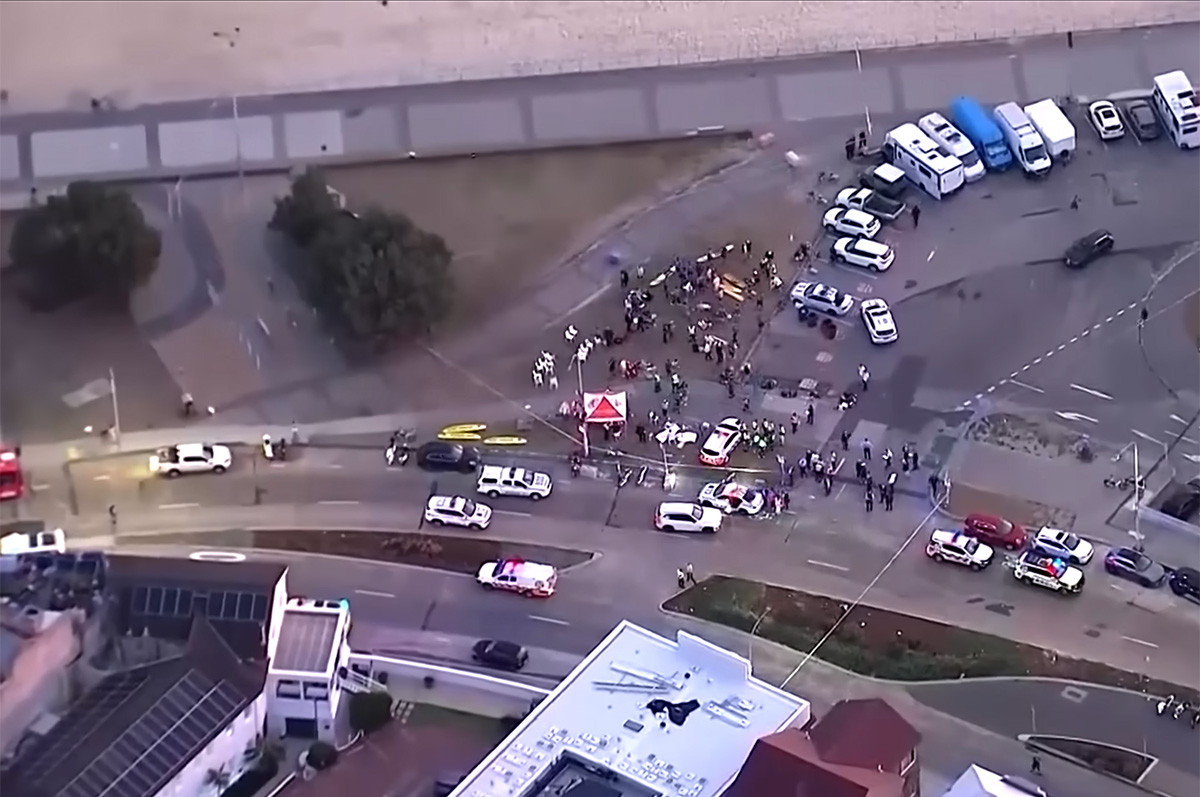
In the wake of the shooting at Bondi Beach that targeted Jews, many of us are sitting with a familiar feeling: exhaustion. Not shock or surprise, but the deep weariness that comes from knowing this violence continues. It is yet another reminder that antisemitism remains persistent.
Bondi Beach is far from Washington, D.C., but antisemitism does not respect geography. When Jews are attacked anywhere, Jews everywhere feel it. We check on family and friends, absorb the headlines, and brace ourselves for the quiet, numbing normalization that has followed acts of mass violence.
Many of us live at an intersection where threats can come from multiple directions. As a community, we have embraced the concept of intersectional identity, and yet in queer spaces, many LGBTQ+ Jews are being implicitly or explicitly asked to play down our Jewishness. Jews hesitate before wearing a Magen David or a kippah. Some of us have learned to compartmentalize our identities, deciding which part of ourselves feels safest to lead with. Are we welcome as queer people only if we mute our Jewishness? Are those around us able to acknowledge that our fear is not abstract, but rooted in a lived reality, one in which our friends and family are directly affected by the rise in antisemitic violence, globally and here at home?
As a result of these experiences, many LGBTQ+ Jews feel a growing fatigue. We are told, implicitly or explicitly, that our fear is inconvenient; that Jewish trauma must be contextualized, minimized, or deferred in favor of other injustices. Certainly, the world is full of horror. And yet, we long for a world in which all lives are cherished and safe, where solidarity is not conditional on political purity or on which parts of ourselves are deemed acceptable to love.
We are now in the season of Chanuka. The story of this holiday is not one of darkness vanishing overnight. It is the story of a fragile light that should not have lasted. Chanuka teaches us that hope does not require certainty; it requires persistence and the courage to kindle a flame even when the darkness feels overwhelming.
For LGBTQ+ Jews, this lesson resonates deeply. We have survived by refusing to disappear across multiple dimensions of our identities. We have built communities, created rituals, and embraced chosen families that affirm the fullness of who we are.
To our LGBTQ+ siblings who are not Jewish: this is a moment to listen, to stand with us, and to make space for our grief. Solidarity means showing up not only when it is easy or popular, but especially when it is uncomfortable.
To our fellow Jews: your exhaustion is valid. Your fear is understandable, and so is your hope. Every candle lit this Chanuka is an act of resilience. Every refusal to hide, every moment of joy, is a declaration that hatred will not have the final word.
Light does not deny darkness. It confronts it.
As we light our candles this Chanuka season, may we protect one another and bring light to one another, even as the world too often responds to difference with violence and hate.
Joshua Maxey is the executive director of Bet Mishpachah, D.C.’s LGBTQ synagogue.



